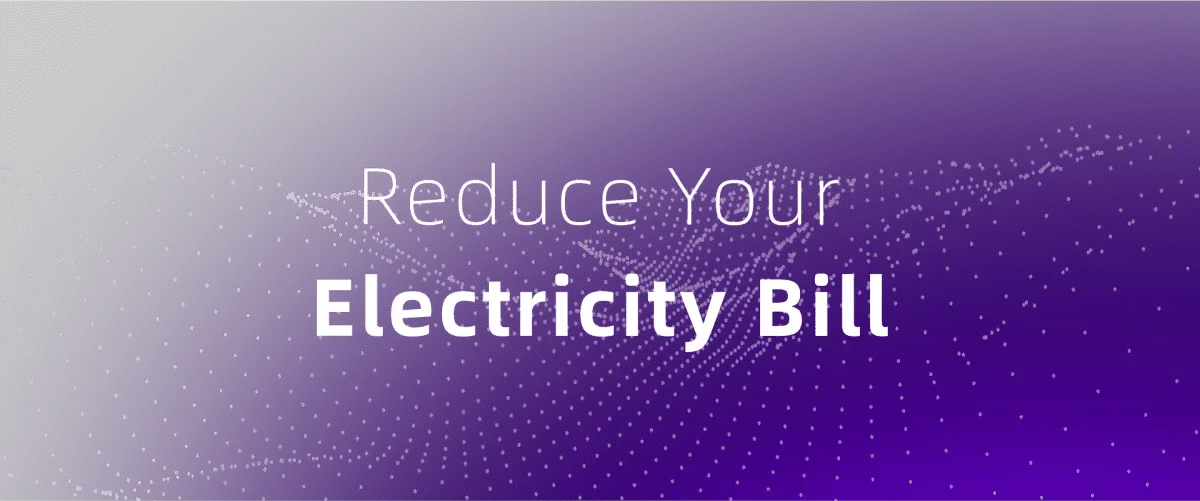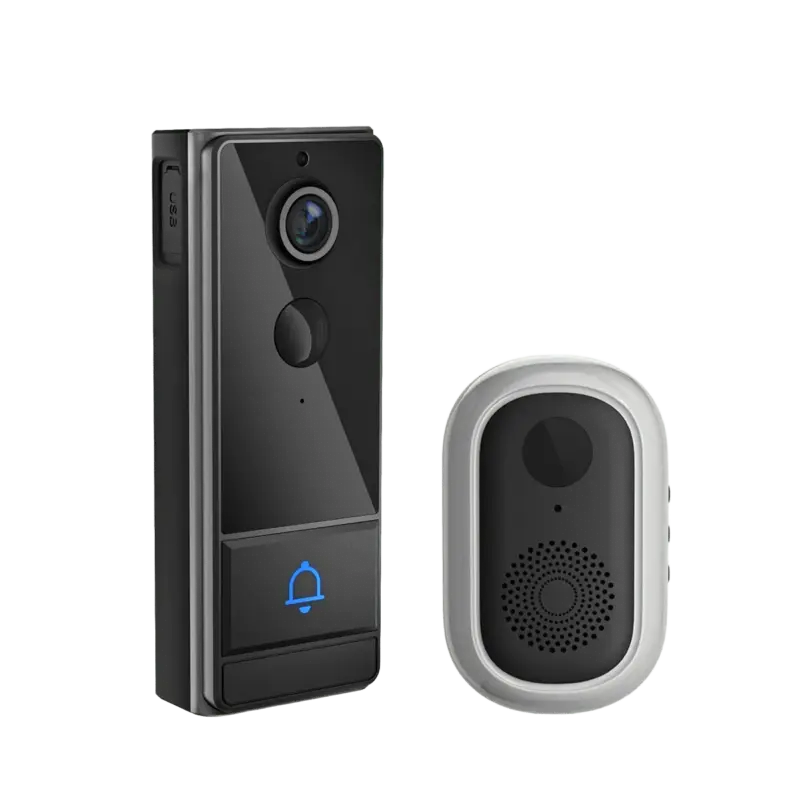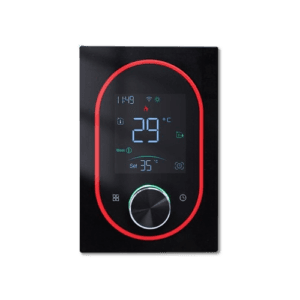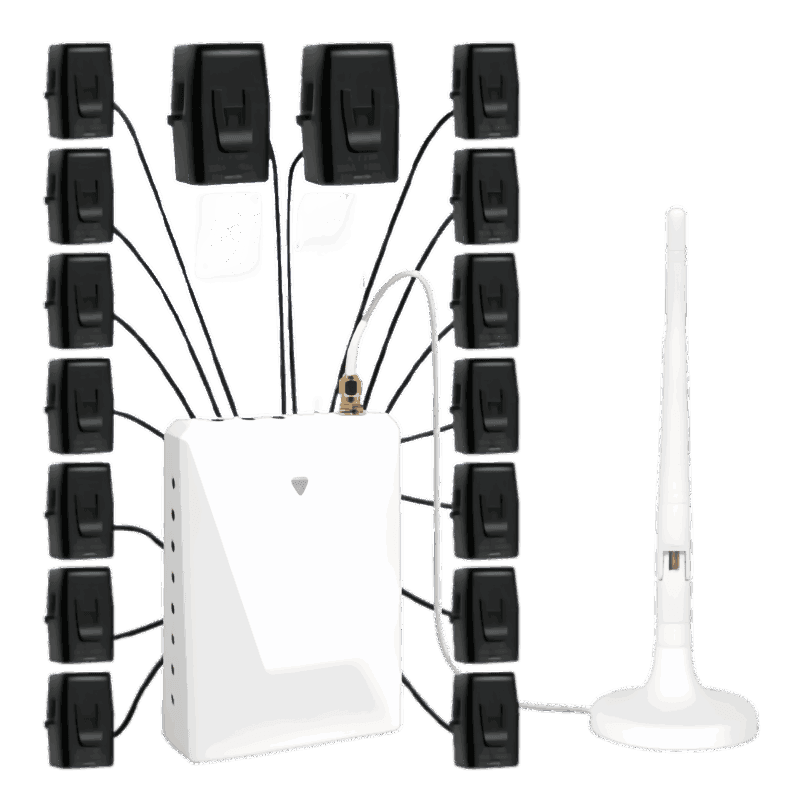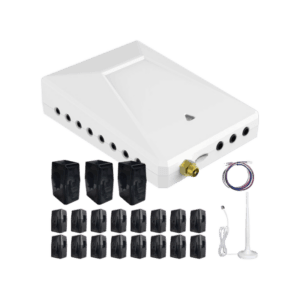Electricity bills are a significant household expense, and many homeowners wonder how to reduce their energy costs effectively. The challenge is that most people don’t know where their energy is going—which appliances are consuming the most power, when peak usage occurs, or how much energy is wasted.
💡 This is where smart energy monitors come in.
By providing real-time data on your electricity usage, these devices empower you to optimize energy consumption, reduce waste, and cut costs. In this guide, we'll explore:
✅ How smart energy monitors work
✅ The different types of smart energy monitors
✅ How to use data to optimize energy usage
✅ How much you can save by using one
✅ Best smart energy monitors for homes
1. What Is a Smart Energy Monitor?
1.1 Understanding Smart Energy Monitors
A smart energy monitor is a device that tracks your real-time electricity usage, giving you detailed insights into your home's energy consumption.
1.2 Key Features of Smart Energy Monitors
✔ Real-time energy tracking – See live data on power consumption.
✔ Breakdown of appliance usage – Identify which devices use the most electricity.
✔ Historical energy reports – Analyze usage trends over time.
✔ Integration with smart home systems – Connect to Alexa, Google Home, SmartThings.
✔ Energy-saving recommendations – AI-driven insights to help reduce costs.
2. Types of Smart Energy Monitors
2.1 Whole-Home Smart Energy Monitors
🔹 Installed on your electrical panel, monitoring entire home energy usage.
🔹 Uses CT (current transformer) clamps to measure energy flow.
🔹 Best for: Homeowners who want complete energy visibility.
Example:
📌 Grus Split-Phase Electric Monitor
✔ Tracks 120V/240V split-phase power in most American homes.
✔ Provides real-time energy insights and AI-driven recommendations.
2.2 Plug-Level Smart Energy Monitors
🔹 Plug into individual appliances to measure their energy consumption.
🔹 Help track high-energy devices like refrigerators, space heaters, and gaming PCs.
🔹 Best for: Renters or homeowners who want specific device tracking.
2.3 Utility Smart Meters
🔹 Provided by electricity providers, offering monthly or hourly usage reports.
🔹 Best for: Homeowners who don’t want additional hardware.
3. How Smart Energy Monitors Help Reduce Your Electricity Bill
3.1 Identifying Energy Hogs
🔹 Did you know? Your HVAC system, water heater, and refrigerator are likely your top energy consumers.
🔹 A smart monitor pinpoints inefficient appliances, so you know what to adjust.
graph TD; A["Total Energy Usage"] -->|40%| B["HVAC System"] A -->|15%| C["Water Heater"] A -->|10%| D["Refrigerator"] A -->|5%| E["Lighting"] A -->|30%| F["Other Appliances"]
🔹 Solution:
✔ Upgrade to ENERGY STAR appliances.
✔ Use smart thermostats to reduce HVAC energy waste.
✔ Set your water heater to 120°F (49°C) for better efficiency.
4. How to Use Smart Energy Monitor Data to Optimize Usage
Once you have installed a smart energy monitor, the real power lies in how you use the data. By analyzing real-time and historical energy consumption, you can identify patterns and take action to reduce unnecessary energy waste.
4.1 Tracking Peak Usage Times
🔹 Many utilities charge more during peak hours (e.g., 4 PM - 9 PM).
🔹 A smart monitor helps you shift usage to off-peak hours and lower your bill.
Example: 📌 You notice that your dishwasher runs at 7 PM every night, a peak rate time.
✅ Solution: Set the dishwasher to run after 10 PM using a smart timer or automation.
Peak vs. Off-Peak Electricity Usage:
xychart-beta title "Electricity Cost Throughout the Day" x-axis "Time of Day" ["Midnight", "6 AM", "Noon", "4 PM", "8 PM", "10 PM"] y-axis "Electricity Cost (cents/kWh)" line "Electricity Cost" [8, 12, 15, 20, 18, 10]
🔹 Actionable Tip: Run major appliances (washing machine, dishwasher, EV charger) during off-peak hours to maximize savings.
4.2 Reducing Vampire Loads (Phantom Energy Usage)
Even when turned off, many appliances still consume electricity—this is called phantom energy or vampire load.
🔹 Common culprits: TVs, gaming consoles, microwaves, and chargers.
🔹 Smart energy monitors reveal hidden energy drains so you can eliminate waste.
Example:
📌 Your TV and gaming console consume 30W when idle.
✅ Solution: Use smart power strips or schedule them to turn off completely when not in use.
| Device | Standby Power Usage (W) | Annual Cost () (Assuming 0.15/kWh) |
|---|---|---|
| Game Console | 30W | $40 |
| Microwave | 10W | $14 |
| TV | 15W | $20 |
| Laptop Charger | 5W | $7 |
🔹 Actionable Tip: Use smart plugs or timers to automatically cut power to devices when not in use.
4.3 Optimizing HVAC and Heating Systems
🔹 Heating and cooling account for up to 50% of household energy use!
🔹 A smart energy monitor can show you when your HVAC is running inefficiently.
Example:
📌 Your heater turns on frequently at night, even when you’re asleep.
✅ Solution: Lower your thermostat by 5-7°F (3-4°C) at night to save up to 10% on heating costs.
Smart Thermostat Efficiency Settings:
pie title "Smart Thermostat Savings Distribution" "Nighttime Setback (Lower Heating)" : 40 "Daytime Adjustment" : 30 "HVAC Automation" : 30
🔹 Actionable Tip: Use smart thermostats like EcoNet-TU to automate heating and cooling for maximum efficiency.
5. How Much Can You Save with a Smart Energy Monitor?
5.1 Estimated Annual Savings
| Energy Reduction Strategy | Potential Savings |
|---|---|
| Using energy-efficient appliances | 10-20% |
| Running appliances during off-peak hours | 5-15% |
| Eliminating vampire loads | 5-10% |
| Optimizing HVAC with a smart thermostat | 10-30% |
📌 Total Potential Savings: Up to 30-50% on your electricity bill!
5.2 Real-Life Case Study: A Smart Energy Monitoring Success Story
🏡 Homeowner Profile:
- Location: California
- Pre-Smart Monitor Bill: $200/month
- After Using a Smart Monitor: $140/month
- Annual Savings: $720 per year!
What Changed?
✅ Shifted appliance usage to off-peak hours
✅ Identified and eliminated phantom energy waste
✅ Adjusted HVAC settings for optimal efficiency
6. How to Choose the Right Smart Energy Monitor for Your Home
Now that you understand how smart energy monitors help reduce electricity bills, it's time to choose the best one for your needs.
6.1 Key Factors to Consider
✅ Whole-Home vs. Plug-Level Monitoring
- Whole-home monitors track overall energy usage.
- Plug-level monitors track specific devices.
✅ Compatibility with Home Electrical System
- Most U.S. homes use split-phase (120/240V).
- Larger buildings use three-phase (208V/480V).
✅ Real-Time Monitoring & Data Insights
- Live energy tracking & historical reports.
- AI-driven energy-saving recommendations.
✅ Smart Home Integration
- Works with Alexa, Google Home, SmartThings, Home Assistant.
✅ Ease of Installation
- CT clamp-based monitors (easy installation in main panel).
- Smart plug-based devices (for individual appliances).
6.2 Comparison of Best Smart Energy Monitors
| Feature | Grus Split-Phase Electric Monitor | Other Brands |
|---|---|---|
| Whole-home monitoring | ✅ Yes | ✅ Yes |
| Plug-level monitoring | ✅ Yes (with smart plugs) | ⚠️ Limited |
| AI energy analysis | ✅ Yes | ⚠️ Some models |
| Smart home integration | ✅ Yes (SmartThings, Alexa) | ⚠️ Varies |
| Works with solar & battery | ✅ Yes | ⚠️ Limited |
| Easy installation | ✅ Yes (CT clamp-based) | ⚠️ Moderate |
🔹 Best for: Homeowners who want complete energy visibility and cost savings.
7. How to Integrate a Smart Energy Monitor into Your Home
7.1 Step-by-Step Installation Guide
📌 For Whole-Home Energy Monitors (like Grus Split-Phase Electric Monitor):
1️⃣ Turn off power at the main panel.
2️⃣ Attach CT clamps around L1 & L2 wires in your electrical panel.
3️⃣ Connect monitor to WiFi & configure app settings.
4️⃣ Start tracking real-time energy usage!
📌 For Plug-Level Energy Monitors:
1️⃣ Plug the device into an outlet.
2️⃣ Connect your appliance to the smart plug.
3️⃣ Set schedules and monitor usage through the app.
7.2 How to Automate Energy Efficiency with Smart Home Integration
graph TD; A["Smart Energy Monitor"] -->|Tracks Real-Time Usage| B["Energy Dashboard"] B -->|Detects Energy Waste| C["AI Optimization Suggestions"] C -->|Triggers Automation| D["Smart Home Devices"] D -->|Reduces Energy Consumption| E["Lower Electricity Bills"]
✅ Example Automations:
• Automatically turn off high-energy devices when not in use.
• Schedule appliances to run during off-peak hours.
• Adjust smart thermostat settings based on energy usage.
Best Smart Energy Monitor for Maximum Savings
🚀 Looking for a complete home energy monitoring solution?
✔ Real-time tracking of 120/240V home energy use
✔ AI-powered energy-saving recommendations
✔ Seamless integration with SmartThings & Alexa
👉 Get the Grus Smart Energy Monitor Today!
Key Takeaways:
✅ Smart energy monitors help track real-time power consumption.
✅ Identifying energy-hogging appliances can lead to 30-50% savings.
✅ Whole-home & plug-level monitoring offers complete visibility.
✅ Integration with smart home automation further optimizes energy efficiency.
